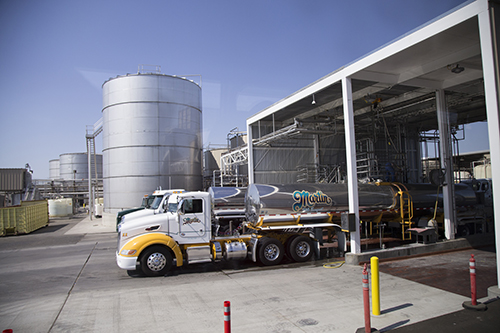
Seasonal variation affects bacterial communities found in milk. That was the conclusion of research conducted at the University of California-Davis. Scientists analyzed the bacterial content and makeup of raw milk transported to two California processing plants.
The 899 tankers of milk were sampled during spring, summer, and fall. Accounting for about 5 percent of variation, season had the most significant effect on the type of bacteria that was found in raw milk when compared to processing facility, day of sampling, and sequencing depth.
Spring milk displayed the most diverse bacterial communities, the highest total cell counts, and the highest proportions of Actinobacteria, a common gram-positive bacteria.
Here are some additional nuggets about the bacterial variation in milk:
- Fifty percent of the total bacteria could be divided into groups of bacteria that individually represented less than 1 percent of the total amount of bacteria in the milk.
- Of all the bacteria identified, 29 bacterial groups were fairly consistent across all samples.
- Among the most common bacteria identified were Streptococcus, Staphylococcus, and Clostridiales species.
September 5, 2016








